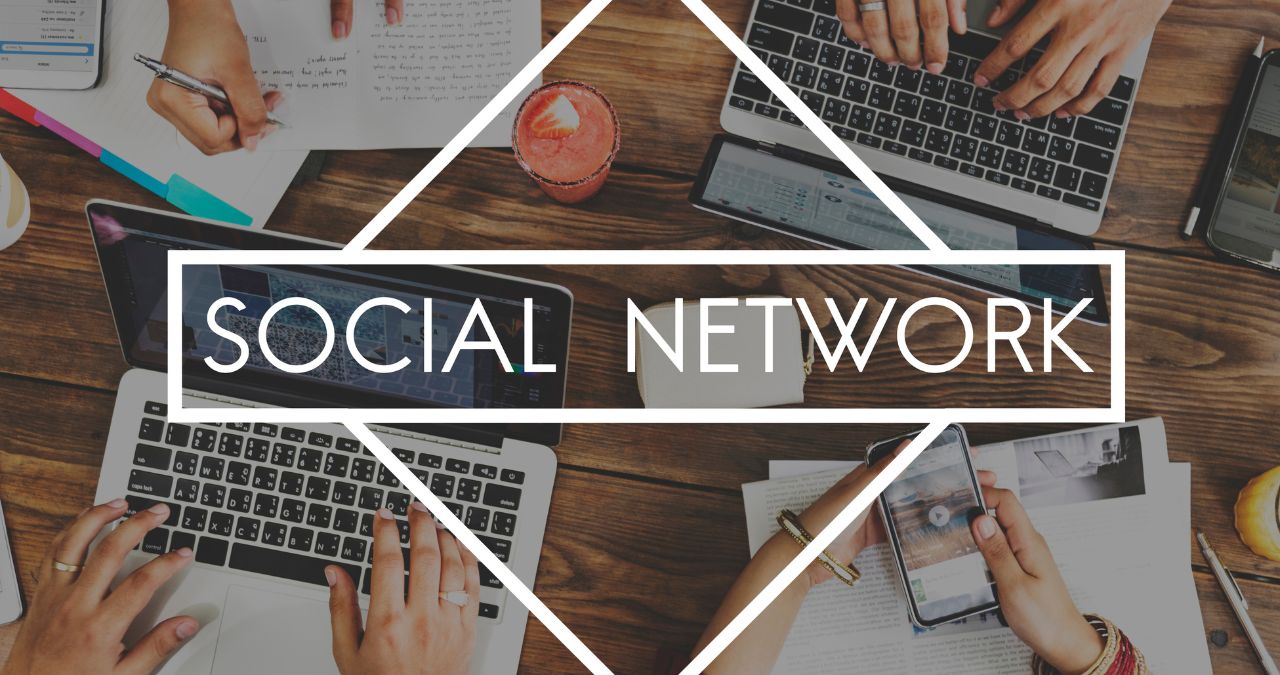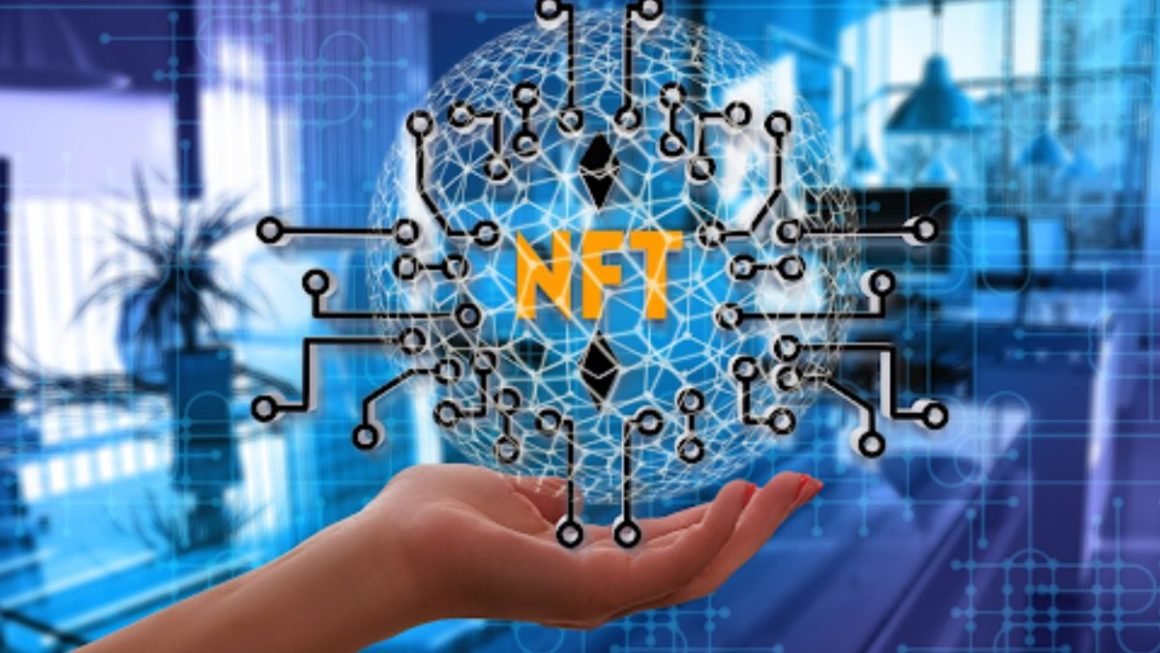Analyzing the actual networks of relationships in force in an organization requires a work methodology that makes it possible to convert the interactions between employees into graphs on which to apply social networks analysis techniques.
We propose a methodology called the Analysis of Organizational and Social Networks (AROS). An AROS project consists of the following phases:
- Phase 1: Study of the needs of the organization to study
- Phase 2: Collection of the organization’s data
- Phase 3: Generation and analysis of the organization’s networks
Table of Contents
Study of the needs of the organization. Phase 1
First of all, it is necessary to establish a clear definition of the project’s objectives. Within this definition are considered the employees who will be the object of the study, the professional relationship or relationships to be studied, and the impact of these relationships on the organization and its business.
In this way, what is intended is to focus the data collection and analysis so that the diagnosis and the possible prognoses and interventions can be assessed and adjusted to organizational and/or business criteria.
For example, if what is intended is to promote some organizational change that to date has been a failure, the objective may be to identify change facilitators, employees recognized among their peers as references, who could help by being exemplary. (and willingness) to overcome the barriers to change.
In this case, it might be interesting to analyze the total set of medium and low-rank employees (employees under study) in their relationships of mutual trust and influence (relationships to be studied), to then incorporate them, if they wish, into organizational change programs (desired impact).
It is also possible to face a project of an exploratory nature in which one does not start from a clear hypothesis but from conjectures on which the design to be carried out is established.
The results allow detection points of improvement on which to build more specific studies. For example, the study in the previous section could not have had a greater objective than to explore the communication network between executives, the results being a valuable justification to propose both actions and more specific studies.
One of the derivatives of the definition of the object of study is the level or levels of analysis that must be addressed. These projects usually consider two levels: the individual and the group.
At the individual level, it is primarily the relationships between employees that matter and not so much the relationships between groups, e.g., departments. However, it is not always clear at what level it is interesting to focus the analysis, and what is usually common is a combination of both.
In the example of detecting change facilitators that we have referred to, we are interested in detecting who are facilitators of change in general and within specific groups.
If there is, for example, a specific department in which, due to various circumstances (for example, its geographical dispersion), it is challenging to establish good communication, locating employees with that scope can be crucial in improving communication.
The definition of objectives will guide, in turn, the type of data sources that will be needed, which, as we will explain in the next section, may or may not be digital.
Depending on the size of the project, it may be necessary to carry out an inventory of the data sources available in the organization to extract a digital footprint and evaluate each of them to determine the feasibility of integrating it into the study and the necessary technological requirements. To perform the extraction of the data trace if necessary.
We are talking, for example, of organizations with corporate social platforms in which it would be interesting to analyze the interactions in various software 2.0 tools (chats, wikis, forums…).
Organizational data collection. Phase 2
Data collection requires two types of approaches (or a combination thereof): relational questionnaire or fingerprint.
Collect data with a relational questionnaire.
In the case of the questionnaire, a form is designed with one or several questions in which each employee is asked what other employees they interact with for certain professional purposes (collaborate, exchange information, etc.).
The number and wording of the questions vary according to the relationships that have been decided to be measured in the first phase. The questionnaire is available online so that employees can respond at any time. Moreover, something that is very important and distinctive of these relational questionnaires, there is usually no limit to the number and origin of employees that the participant can select in each question.
Collect fingerprint data
Regarding the digital footprint, the digital interactions of those channels evaluated and selected in the first phase are collected.
Examples of digital channels that can be used to extract a digital footprint are mainly email and corporate social platforms, instant messaging, voice-over IP, etc. Depending on the technological requirements that have been established, this data extraction is carried out only once, or connectors are built that allow the digital trace to be collected in real-time.
The interactions that are generated through these channels, without going into analyzing their content, have a high analysis value.
Generation and analysis of the organization’s networks. Phase 3
During this phase, the collected data is transformed into networks that summarize employee interactions.
Each network shapes a map of relationships from which the positions and phenomena of interest are derived, both visually and analytically.
Below, we highlight four examples of individual and group-level metrics.
Individual level metrics
- Scope: reflects the potential impact of an employee in the organization, measured by their strategic position within the network or by being socially recognized as a leader or expert.
- Reciprocity: indicates the level of exchange measured from the reciprocity in the relationship. It allows you to detect those employees who tend to generate debate in your network, for example.
- Intermediation: To what extent does the employee act as a link between individuals disconnected from each other? It is crucial to detect positions of this type, which can constitute, for example, bottlenecks.
- Openness: Refers to the extent to which the employee restricts his relationships to his group or distributes them among different groups (for example, departments).
Metrics at the Group level
- Density: to what extent the group is internally connected, or the relationships are scarce.
- Social distance: The shorter the chain of relations between the group members, the more feasible the collaboration and exchange will be.
- Cohesion: To what extent are the relationships transversal to the entire group, or are subgroups isolated?
- Centrality: To what extent are the relationships concentrated in a few with many relationships or are distributed throughout the group?
Also Read : Tricks To Optimize A Landing Page On Social Networks




